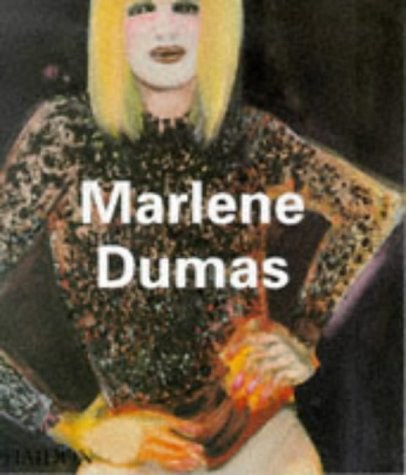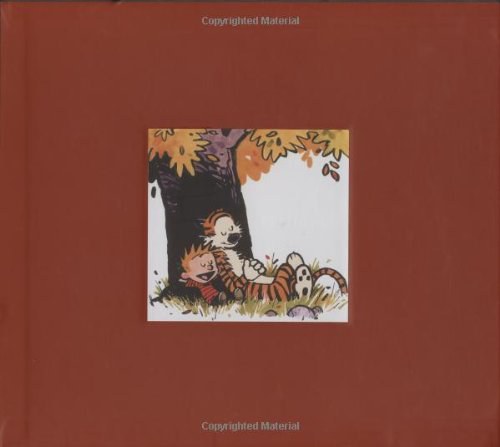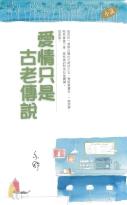
Editors of Phaidon Press《The Phaidon Atlas of Contemporary World Architecture》
书刊介绍
内容简介
The Phaidon Atlas of Contemporary World Architecture--so massive that it comes in its own plastic carrying case--is one of the rare publishing events that lives up to its hype. The book showcases 1,052 buildings completed since January 1998 with thousands of well-chosen color photographs plans, elevations, and cross-sections. Major elements of each project are described in elegantly succinct texts. Rather than simply pay lip service to the concept of "world" architecture, this book ranges throughout 75 countries on six continents. And although the big names in the field are here--Rafael Moneo and Herzog & De Meuron are each represented by nine projects; Tadeo Ando with eight, Frank Gehry with six--the focus is on the ingenuity and diversity of contemporary architecture, regardless of the fame of its creator.The book's global view embraces many approaches, including experimental construction, neo-modernism, postmodernism, reinterpreted vernacular architecture and lingering traces of the International Style. While virtually every building type is included, from factories to museums, from lookout towers to train stations, the largest and most creative category is single family housing. Selected (as were all the projects) by a panel of leading architects, critics, scholars and others, these homes offer a tantalizing sense of what is possible, even on a modest budget. Grouped by country, the residences establish a sense of local context--from the elegant use of Scandinavian wood to the imaginative use of narrow plots of land in Tokyo. Fully indexed, with an array of maps and world data charts, The Phaidon Atlas of Contemporary World Architecture is destined to serve as a unique reference tool. But the geographic organization encourages you to just open the book anywhere and make a discovery--perhaps the surreal vision of Ake Larsson's Icehotel (carved from ice and snow), or the forest of Cor-ten steel pipes Jose ABP Forjaz used in the Mbuzini Memorial, or the startling shed forms of Rick Joy's Tubac House. --Cathy Curtis
相关推荐
-

赵孟頫行书-名人名言集字创作
赵孟頫行书-名人名言集字创作 内容简介 《名人名言集字创作;赵孟頫行书》在临摹中尝试创作,在创作中感悟名言。赵孟頫一二一五四年;;三三年元代书画家,字子昂,号松...
-

Objective-C应用开发全程实录
《Objective-C应用开发全程实录》内容简介:本书共32章,循序渐进地讲解了Objective-C开发iOS应用程序的基本知识。本书从搭建开发环
-

在艺术中呼吸:意大利博物馆之旅
在艺术中呼吸:意大利博物馆之旅 本书特色 虽然20世纪的绘画重镇先在巴黎,后来又转移到纽约,但历史上有名的大画家,或多或少都接受着自文艺复兴以来的前辈教诲。意大...
-

夏克梁《夏克梁钢笔建筑写生与解析》
《夏克梁钢笔建筑写生与解析(第2版)》钢笔是舶来品。跨过漫长的历史,追溯到公元七世纪,鹅毛管笔已经开始在欧洲使用,并逐渐成为
-

城市,开门
城市,开门 本书特色 当深圳的市民从电视中看到威尼斯双年展开幕的消息时,多半都会觉得这是发生在遥远国度里一群艺术家的小范围活动,跟自己的生活无关。但深圳双年展真...
-

艺术,写在人体上的百年
艺术,写在人体上的百年 本书特色 本书由艺术名家陈醉点化艺术,深邃而易懂,大气而精巧。为陈醉继《裸体艺术论》后的对裸体艺术研究的深入与延展的成果,有关人体艺术领...
-

(精)和孩子一起读的艺术史
(精)和孩子一起读的艺术史 本书特色 ◎ 用轻松好读的故事还原漫漫艺术史以生动的故事带领读者回到创作现场,零距离感受艺术之美。不管是大人还是孩子,都能从中感受到...
-

俞和临乐毅论
俞和临乐毅论 本书特色 元代书家俞和,字子中,号紫芝生,桐江(今浙江桐庐)人,寓居杭州,隐居不仕。晚年移居湖北黄冈。俞和早年曾学书于赵孟頫,得赵氏真传。有方家评...
-

岭南文化知识书系:乐昌花鼓戏
岭南文化知识书系:乐昌花鼓戏 本书特色 乐昌花鼓戏,旧称“唱花鼓”,又名“调子戏”,因形成并发展于广东乐昌而得名,是一个在岭南武水中上游一带以及粵北部分县市流行...
-
![[美] Deborah Nadoolman Landis《顶级电影服装设计大师访谈》](http://oss.shudanhao.com/caiji/chazidian/2023/34364.jpg)
[美] Deborah Nadoolman Landis《顶级电影服装设计大师访谈》
电影演员们都有这样的共识:只有在穿上特定的服装后,才能更好地投入电影的角色当中,从概念到情感,乃至个性化的表达与演绎。这
-

共享的价值
共享的价值 本书特色 《共享的价值》的侧重点是对美术史的具体研究。如诺奇林的《中的人体政治》是对修拉作品进行的女性主义解读;约翰·豪斯的《时期的循环》则是从社会...
-

米芾墨迹-历代碑帖萃编
米芾墨迹-历代碑帖萃编 内容简介 米芾(一〇五一——一一〇七),字元章,号鹿门居士、襄阳漫士、海岳外史,北宋著名书画家、鉴藏家。祖籍太原,后迁居襄阳,人称『米襄...
-

吾爱梦工场-蔡澜的电影现场
吾爱梦工场-蔡澜的电影现场 本书特色蔡澜先生,经历丰富多彩,正如他监制过的电影,让人紧张、好笑、刺激、多变化。被邵逸夫爵士誉为「电影字典」,纵横电影超过四十年,...
-

唐.颜卿颜勤礼碑-中国古代碑帖经典彩色放大本
唐.颜卿颜勤礼碑-中国古代碑帖经典彩色放大本 本书特色 颜真卿与《颜勤礼碑》文师华颜真卿(709—785),字清臣,京兆长安县(今陕西西安)人,祖籍琅琊(今山东...
-

动物观察笔记
《动物观察笔记》内容简介:本书是一本科普观察和绘画艺术结合的书;是一本孩子们自己创作的有关动物科普的书,是一本科学老师与美
-

中国硬笔书法教程:硬笔临写名帖指要
中国硬笔书法教程:硬笔临写名帖指要 内容简介 本书内容包括:硬笔临帖的方法,硬笔楷书临写指要,硬笔行书临写指要,硬笔草书临写指要,硬笔篆、隶书临写名帖指要。中国...
-

幸福的艺术-品味幸福的25课
幸福的艺术-品味幸福的25课 内容简介 幸福其实是一种活生生的情感,它也要经历诞生、成长、绽放、衰败甚至死亡的过程,在作者眼中,幸福一如昼夜交替,复苏是永恒。身...
-

山本耀司:我投下一枚炸弹
山本耀司:我投下一枚炸弹 本书特色 为什么叫my dear bomb,为什么叫“我投下一枚炸弹“。山本耀司曾经形容自己是一个会在衣服里“藏炸弹“的人,这种如同孩...
-

人到了美术馆会好看起来
人到了美术馆会好看起来 本书特色 或许只有身处美术馆,才能意识到艺术是一种何等真实、伟岸的存在。在美术馆内,我们碰触人类的文化与精神;从藏品的故事里,我们窥见历...
-

米开朗基罗艺术全集
米开朗基罗艺术全集 内容简介 如果没有这部米开朗基罗有生之年唯一授权的传记,我们可能永远不会知道这位雕刻出有着英挺鼻梁的《大卫》的大师本人却因鼻骨断裂而毁容。但...





